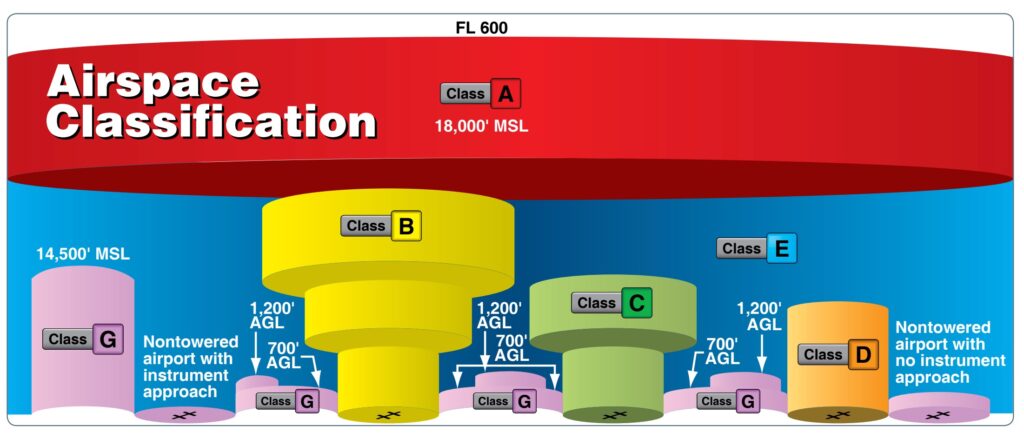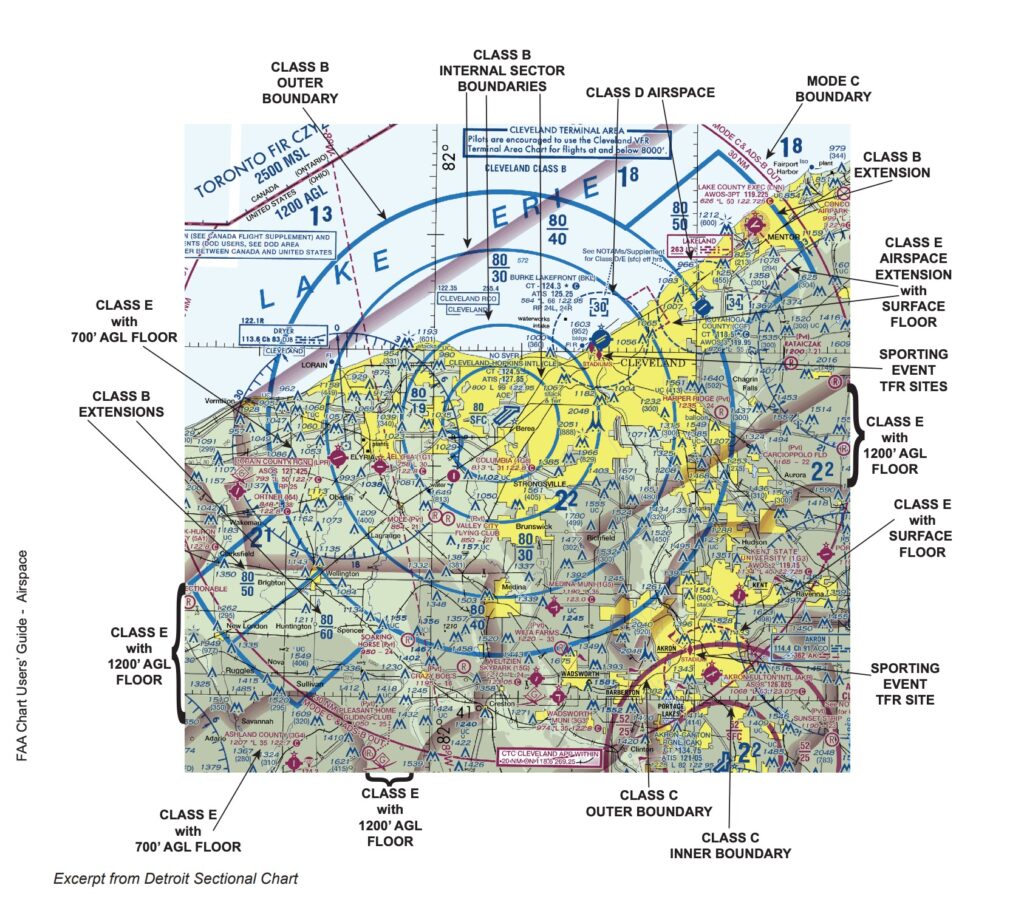Airspace for Paramotors
Airspace can be very intimidating to a lot of paramotor pilots. Maybe that’s why so many in our community seem to know so little about it. This course has been designed to break it down into simple and concise lessons. The goal is to explain airspace in a way that is specific to flying paramotors. Our hope is that this course will help all paramotor pilots to feel more comfortable and confident about airspace.
Some Basics
The FAA views paramotors as “ultralight vehicles” and ultralights operate under the regulations of FAR 103. The regulation pertaining to ultralights and airspace says this:
FAR 103.17 Operations in certain airspace. No person may operate an ultralight vehicle within Class A, Class B, Class C, or Class D airspace or within the lateral boundaries of the surface area of Class E airspace designated for an airport unless that person has prior authorization from the ATC facility having jurisdiction over that airspace.
What does that mean for us?
It means there are some places where we need permission to fly and other places where we don’t.
Permission Needed
- Class A
- Class B
- Class C
- Class D
- Class E Surface Area
- Some Special Use Airspace
No Permission Needed
- Class G
- Class E (non-surface area)
Airspace Classifications
You can see in the image below that the sky is split into several different classifications of airspace. You might be thinking “I will only fly in G and E airspace so what’s the point of learning about the others?”
The sky is our playground and if you want to feel more confident and be safer when you’re out playing in the sky, it would be wise to have an understanding of how that playground works.

Sectional Charts
Airspace is depicted on sectional charts, sometimes just called “sectionals”. These are like large maps that you can use to see all the airspace information for a specific area. You can purchase a hard copy or you can browse a digital version online. Most people in the PPG community use skyvector.com to see airspace. You can also download the digital pdf versions directly from the FAA here:
FAA Sectional Aeronautical Charts
Note: Sectional charts are updated every 56 days. They are printed with an expiration date. If you use a physical copy, be sure you have the current version.
The image below shows what each airspace looks like on a sectional chart (the black labels were added for reference). In this course, you will learn the basic details of each classification of airspace.

